- What is a Brute Force Attack?
- What are the Damages Caused by Brute Force on WordPress?
- What Causes Brute Force Attacks on WordPress?
- How to Identify Brute Force Attack on WordPress
- Effective Measures for WordPress Brute Force Protection
- Final Thoughts on WordPress Brute Force Protection
- FAQs About WordPress Brute Force Protection
- Can I configure WordPress Brute Force Protection settings in WordPress?
- Are there dedicated plugins for WordPress Brute Force Protection?
- Can I recover from a successful Brute Force attack on my WordPress site?
- How often should I update my WordPress Brute Force Protection settings?
- How do I know if Brute Force Protection is effectively securing my WordPress site?
WordPress Brute Force Protection: 10 Effective Strategies
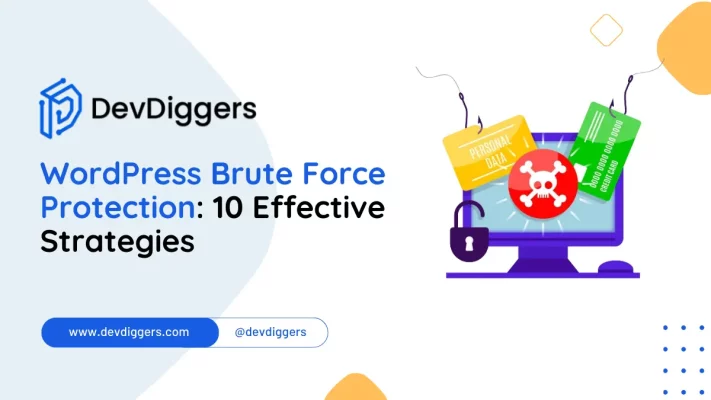
- What is a Brute Force Attack?
- What are the Damages Caused by Brute Force on WordPress?
- What Causes Brute Force Attacks on WordPress?
- How to Identify Brute Force Attack on WordPress
- Effective Measures for WordPress Brute Force Protection
- Final Thoughts on WordPress Brute Force Protection
- FAQs About WordPress Brute Force Protection
- Can I configure WordPress Brute Force Protection settings in WordPress?
- Are there dedicated plugins for WordPress Brute Force Protection?
- Can I recover from a successful Brute Force attack on my WordPress site?
- How often should I update my WordPress Brute Force Protection settings?
- How do I know if Brute Force Protection is effectively securing my WordPress site?
In today’s digital world, keeping your website safe is super important, especially if you use WordPress. One big concern is these tricky things called WordPress Brute Force attacks.
These are like digital break-in attempts where attackers try lots of passwords until they find the right one. So, imagine a fortress we want to make sure it’s super strong to keep these online attackers out.
This article is all about WordPress Brute Force Protection and How to make your WordPress site extra secure and stop these sneaky attacks.
We’ll talk about easy-to-understand strategies and tools to help you keep your site safe from these kinds of online threats. Let’s dive in!
What is a Brute Force Attack?
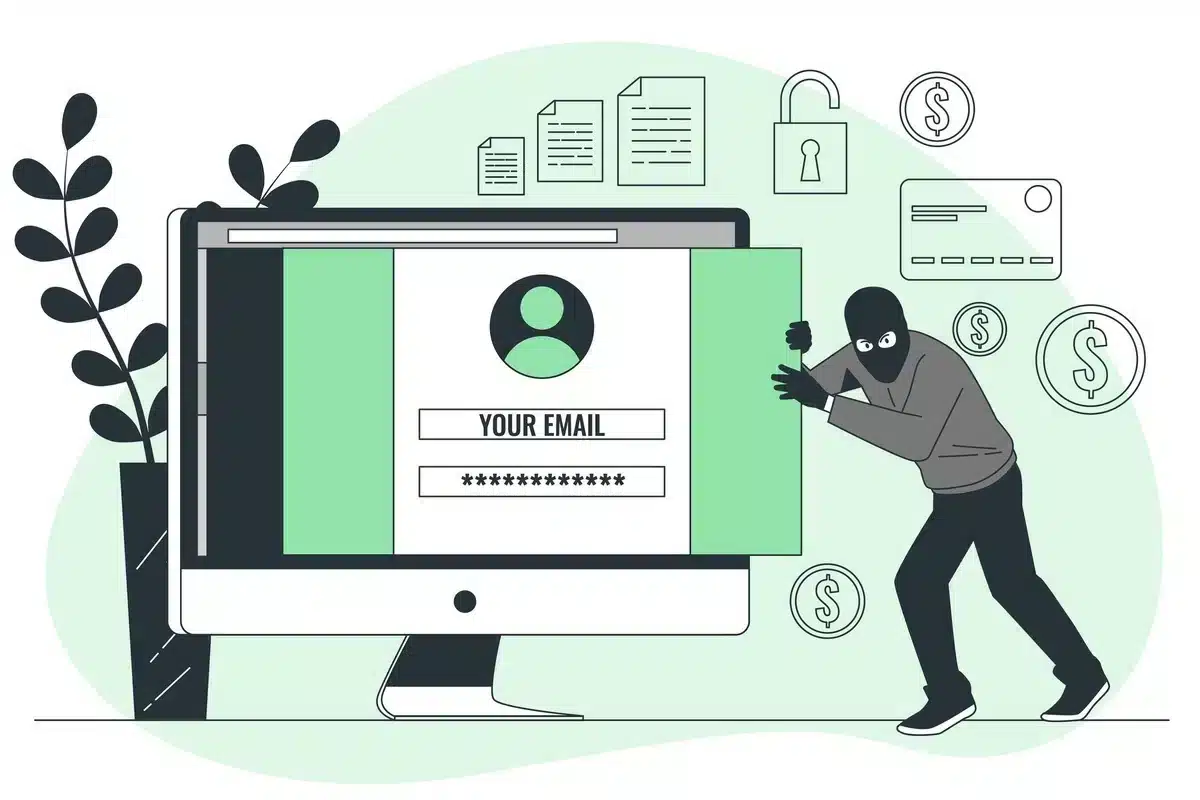
A brute force attack is a threatening and systematic attempt to gain unauthorized access to a system, network, or account by trying many username and password combinations.
It involves using software programs to carefully guess the correct login credentials until the correct combination is identified.
This attack is based on the brute force of attempting several options and targeting any loopholes or defects in security mechanisms.
Brute force attacks can be used to get unapproved access to several targets, including websites, to steal sensitive information, cause problems, or carry out other harmful acts.
What are the Damages Caused by Brute Force on WordPress?
When a brute force attack happens on a WordPress website, it can cause a lot of problems. Here’s what could go wrong:
- Unauthorized Access: Attackers try hard to get into a WordPress site by guessing usernames and passwords multiple times. If they succeed, they can get inside the website without permission.
- Stealing Information: These attackers might steal personal info from the site, like names, emails, or even payment details if they’re there. It’s like someone sneaking into your house and taking your private stuff.
- Disrupting Functionality: If they get in, they could disrupt the website by deleting things, changing stuff, or causing the site to stop working properly. This can be a big problem for the people who visit the site.
- Harming Reputation: Websites are like trusted places for people. If a brute force attack happens, it can harm the reputation of a website owner or business, and people might not trust them anymore.
- Search Engine Setback: Attackers might manipulate the website by inserting harmful links or spam, adversely impacting its visibility on search engines. This leads to a fall in online presence and reduced traffic.
- Financial Issues: Depending on the website, a brute force attack can even lead to financial issues like losing money. It could be from stealing financial info, losing sales, or spending money to fix and protect the website.
What Causes Brute Force Attacks on WordPress?
The reason behind brute force attacks on WordPress usually stems from weaknesses in login credentials or security practices. Here are some common triggers:
- Weak Passwords: Brute force attacks often happen when passwords are weak. If users or site owners go for easily guessable passwords, attackers can exploit this weakness.
- Predictable Usernames: When WordPress sites stick to easily predictable usernames like “admin“, it becomes a prime target for attackers. Pairing such usernames with weak passwords makes it simpler for brute-force tools to break in.
- No Limit for Login Attempts: Without restricting the number of login attempts, attackers can keep trying different username and password combos until they hit the jackpot. Putting a cap on login attempts helps fend off these automated assaults.
- Outdated Software: Running outdated versions of WordPress or plugins opens up websites to known vulnerabilities that attackers can take advantage of. Regular updates are crucial to patching up these security gaps.
- Absence of Two-Factor Authentication (2FA): Without 2FA, attackers can entirely focus on guessing passwords. Enabling 2FA adds an extra layer of defense by requiring a second form of verification.
- Unsecured Login Pages: Login pages lacking encryption (HTTPS) can expose login credentials during transmission. Safeguarding login pages with HTTPS encrypts the data exchanged between users and the website.
- Using Public Wi-Fi: Logging into WordPress via public Wi-Fi can expose login details to potential interception by attackers. It’s safer to use secure networks when dealing with sensitive information.
- Neglecting Security Plugins: Ignoring the installation and configuration of security plugins makes WordPress sites more vulnerable to brute force attacks. Security plugins actively monitor and block suspicious login attempts.
How to Identify Brute Force Attack on WordPress
- Lots of Failed Logins: Check if there’s suddenly a bunch of failed login attempts, especially from the same place. It might mean someone’s trying hard to get in.
- Users Getting Locked Out: If user accounts keep getting locked because of too many wrong logins, that’s a red flag. Keep an eye out for messages or logs about accounts getting locked.
- Weird Traffic Patterns: Brute force attacks make more people try to log in. Use tools to see if there’s suddenly a lot more login-related activity.
- Server Strain: Brute force attacks can put a strain on server resources. Monitor server performance metrics. If you see a rapid increase in resource consumption, it could be an indication of an ongoing attack.
- Odd IPs in Logs: Look through your site’s logs for strange IP addresses trying lots of logins. Attackers may change their IPs, but you might still see odd patterns.
- User Behavior Changes: Watch out for sudden changes in users who usually log in. If things start looking odd, it could mean someone’s trying to break in.
- Security Plugin Alerts: Use plugins that can tell you if something odd is happening. They’ll send you quick messages if they see something that looks like a break-in attempt.
- Check Server Logs: Take a look at your server logs often. They can show if something strange is happening with logins, like lots of tries from one place.
- Watch Your Login Page: Keep an eye on who’s trying to use your WordPress login page. If it’s getting lots of hits that don’t make sense, someone might be trying to break in. Using a special login page can make it a bit safer.
By paying attention to these things, you can catch if someone’s trying to break into your WordPress site.
Effective Measures for WordPress Brute Force Protection
To effectively counter WordPress brute force attacks, implement the following measures to protect your website’s security:
1. Strong Usernames and Passwords
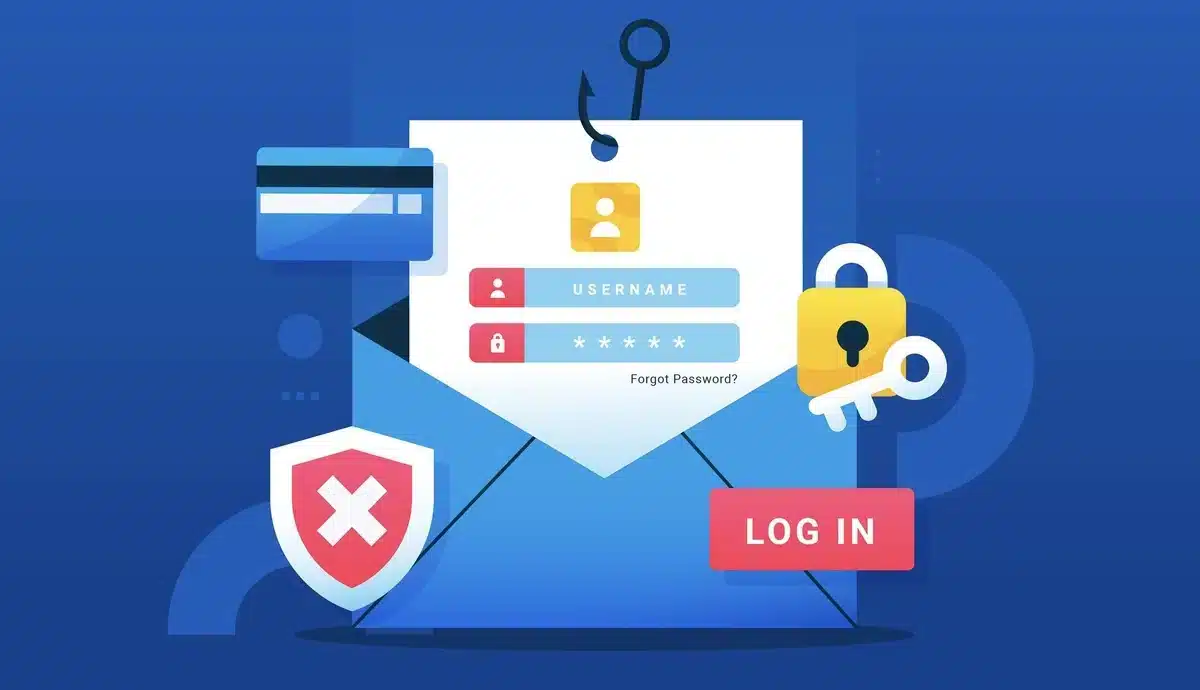
Elevate your WordPress Brute Force Protection game. When picking usernames, ditch the boring defaults like “admin“, and be a bit more creative!
Spice things up with unique usernames that are not easily guessable. Now, passwords are the real superheroes here.
Don’t just settle for the usual suspects; create password combos with a mix of upper and lower case letters, numbers, and maybe with some special characters for that extra flair. It’s like giving your website its secret agent!
Updating and strengthening your login credentials regularly forms a key layer of protection, acting as a primary prevention to potential attackers trying for ways to exploit weak authentication processes.
2. Limit Login Attempts
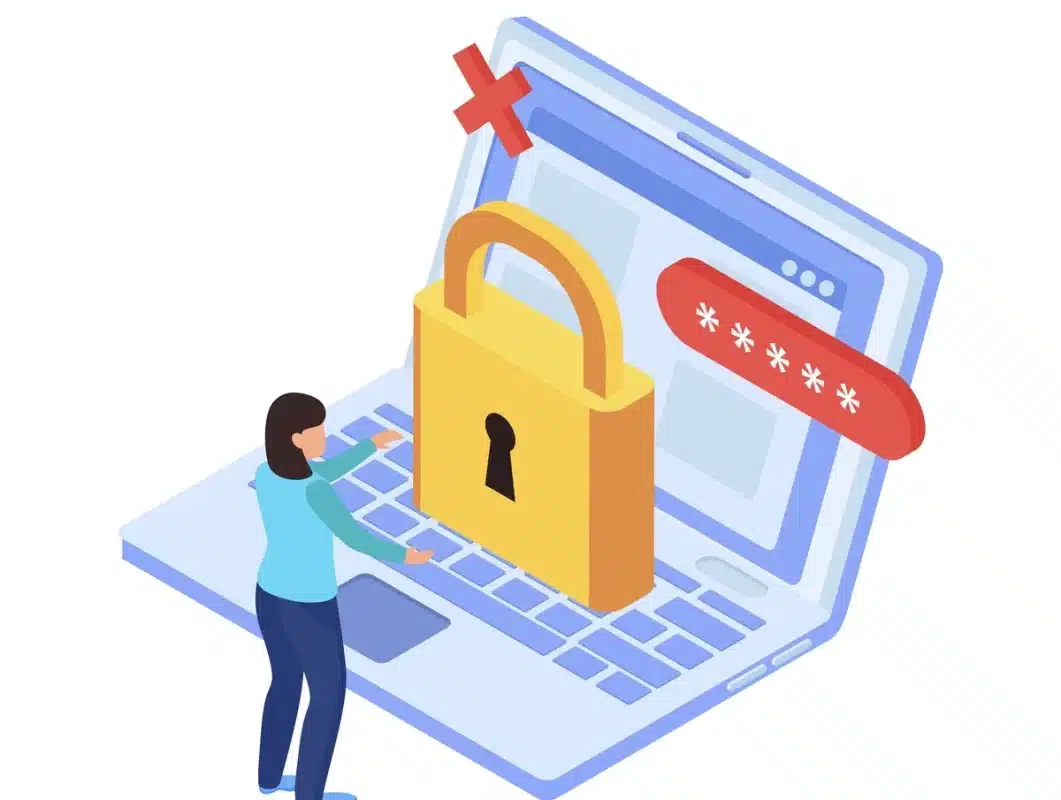
To keep your WordPress site safe from brute force attacks, it’s crucial to use effective WordPress Brute Force Protection. You can do this by using plugins like Login LockDown or Limit Login Attempts Reloaded.
These plugins let you set limits on how many times someone can try to log in unsuccessfully. Once the limit is reached, the plugin temporarily blocks that user or IP address.
This helps prevent brute force attacks by making it much harder for someone to guess your login credentials.
You can customize how long the block lasts and get alerts if there’s suspicious login activity.
These simple steps add a strong layer of defense to your WordPress site, making it more resistant to unauthorized access attempts.
3. Two-Factor Authentication (2FA)
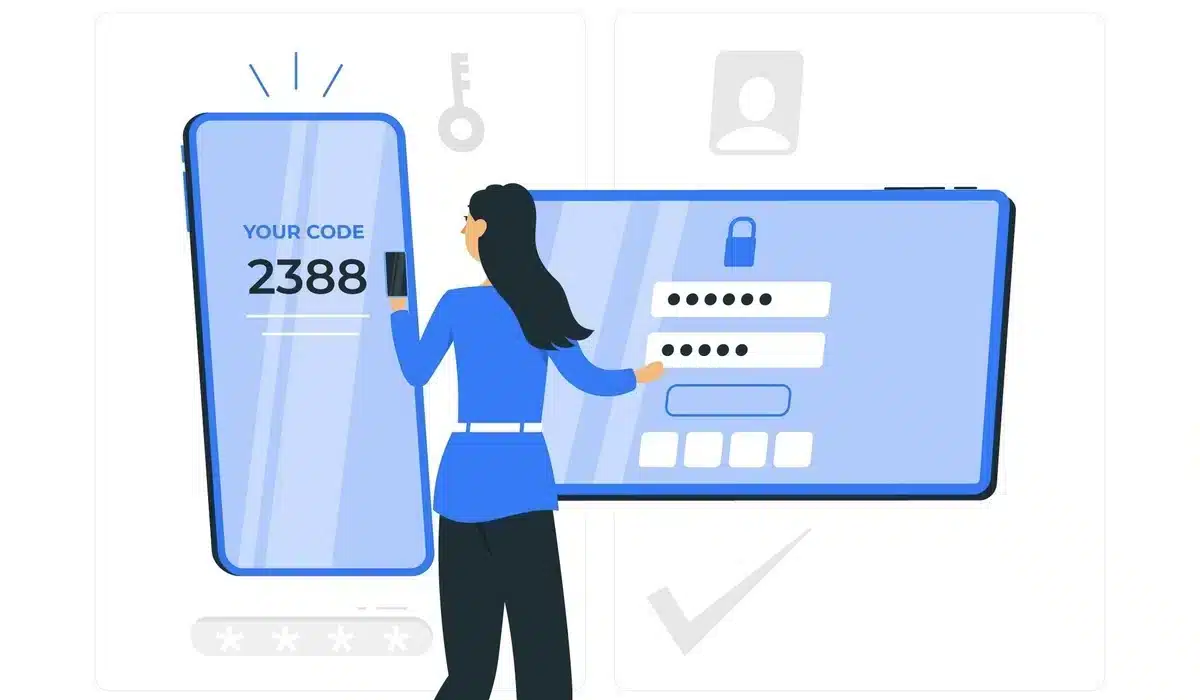
To keep your WordPress site safe from brute force attacks, it’s important to use Two-Factor Authentication (2FA).
This means that, along with your password, you’ll need to provide a second form of verification, like a code sent to your phone.
Enabling 2FA adds an extra layer of security, making it much harder for unauthorized users or automated programs to try to break into your site.
By using a reliable 2FA plugin designed for WordPress, you create a strong defense, protecting your website and important information.
4. Change the Default Login URL

To boost your WordPress site’s safety, try switching up the default login URL (usually “/wp-admin”). This is like changing the secret entrance to your website.
Use a plugin called WPS Hide Login to do this easily. By doing so, you’re making it tougher for sneaky computer bots to locate and try to break into your login page. Think of it like adding an extra lock to your front door.
Regularly updating this customized login URL is like changing the lock to stay ahead of potential troublemakers.
These little changes help make sure your WordPress site is more resilient against unwanted login attempts, keeping your website safer overall.
5. Update WordPress and Plugins

Maintaining up-to-date versions of your WordPress installation, themes, and plugins is essential for powerful WordPress Brute Force Protection.
It’s important to regularly check in for updates because developers frequently release fixes for potential security issues.
If your software is outdated, it could become a target for attackers attempting to gain unauthorized access.
By staying current, you make sure your website has the latest security features, making it more resistant to these types of attacks.
You can also use reliable security plugins designed specifically to protect against brute-force attempts.
These plugins offer real-time monitoring and alerts to notify you of any suspicious activities, providing an extra layer of protection for your site.
6. Web Application Firewall (WAF)

To make your WordPress site more secure against brute force attacks, it’s a good idea to use a Web Application Firewall (WAF) designed for WordPress Brute Force Protection.
Think of it as a strong shield that sits between your website and the Internet, checking and filtering the traffic that comes in.
This shield is particularly good at spotting and stopping attackers who try to get into your site by repeatedly guessing passwords.
The WAF watches how the traffic behaves and follows certain rules to keep your site safe. By having this extra layer of protection, you significantly lower the chances of successful WordPress Brute Force attacks.
Also, WAFs usually come with features that let you keep an eye on what’s happening in real-time, so you can act quickly if there’s any potential security threat to your WordPress site.
7. IP Whitelisting

Using IP whitelisting is a strong way to boost WordPress Brute Force Protection. With this, you can limit access to the WordPress admin area to specific trusted IP addresses only.
Even if automated scripts try to guess usernames and passwords, they won’t get through unless the connection is from an approved IP.
You can set up IP whitelisting on your server or through security plugins. It’s crucial to regularly update the list of approved IPs to keep this defense effective.
IP whitelisting ensures that only authorized users from certain IPs can access important parts of your WordPress site, making it more resistant to unauthorized attempts and enhancing overall WordPress Brute Force Protection.
8. Server-Level Protection
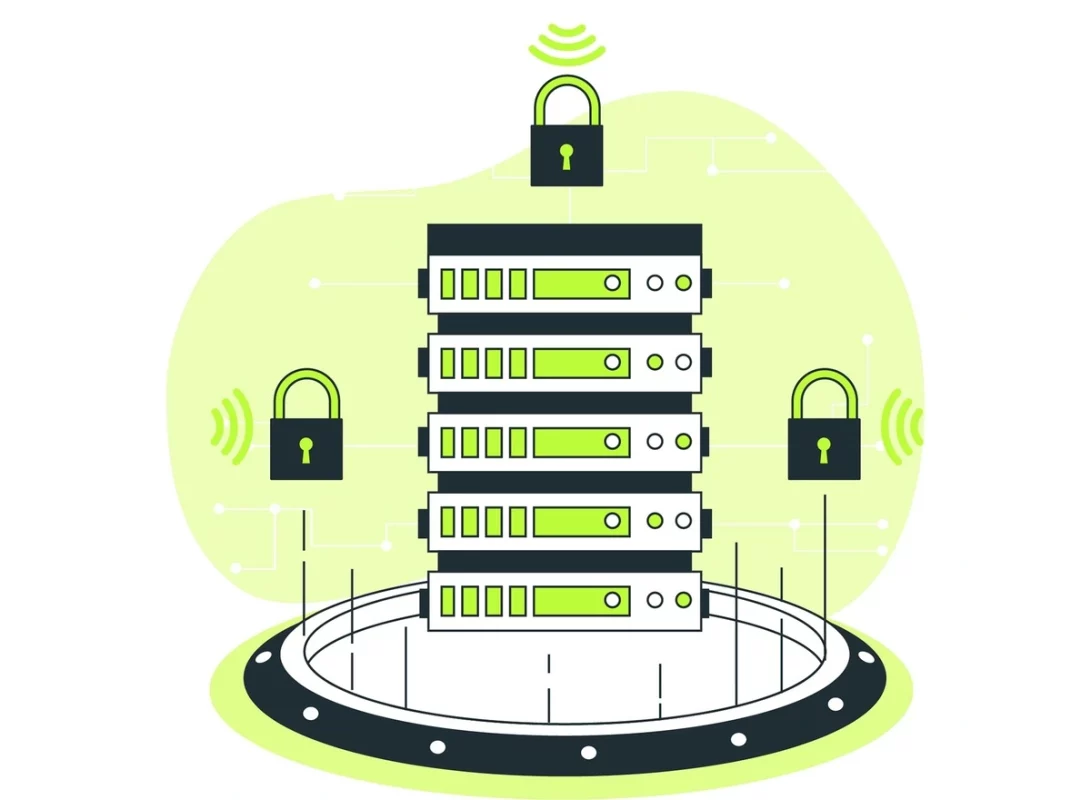
Securing your WordPress site from brute force attacks is super important. To do this, use server-level defenses like fail2ban.
Fail2ban acts quickly, blocking IP addresses temporarily after too many failed logins, giving solid WordPress Brute Force Protection.
These server-level safeguards add an extra layer of security to your WordPress site, making it harder for unauthorized access.
Regular updates keep these defenses strong, ensuring ongoing WordPress Brute Force Protection and a safer digital space for you and your users.
9. Monitoring and Logging

Keeping your WordPress site safe from brute force attacks involves paying close attention to what’s happening.
Regularly check your website logs to catch anything suspicious, especially if there are multiple failed login attempts.
Use tools or plugins to keep a record of logins, track IP addresses, and get alerts for unusual login activity.
This watchful approach helps you quickly spot and stop potential threats before they become a big problem.
When it comes to WordPress Brute Force Protection, looking at your logs also helps you understand how attackers are trying to get in, making it easier to improve your security.
Stay on top of things, use monitoring tools, and stay ahead in protecting your WordPress site from harmful login attempts.
10. Regular Backups
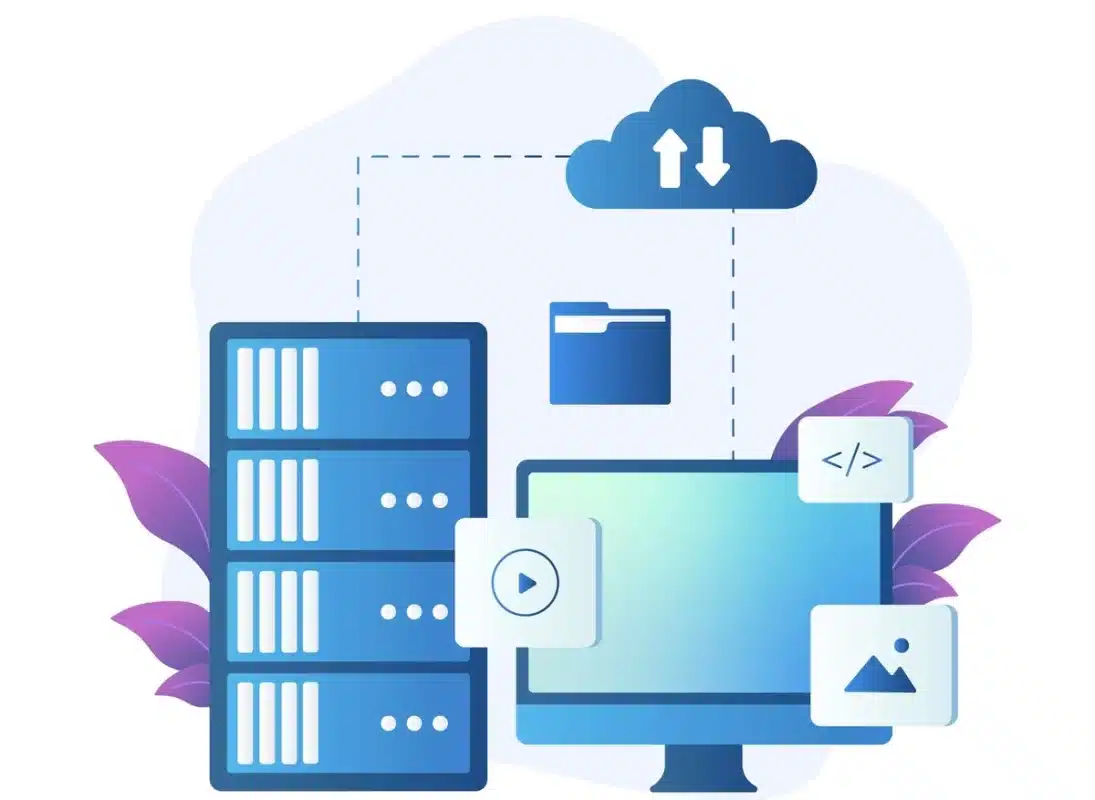
Keeping regular backups is a key part of safeguarding your WordPress site from brute-force attacks. By regularly saving copies of your website’s important stuff like files and data, you create a safety net.
This comes in handy if a brute force attack succeeds in getting unauthorized access to your site.
With recent backups, you can quickly restore your site to a safe state, minimizing any potential loss of data and making recovery fast.
To make things even more secure, use reliable plugins or server tools to automate the backup process, and store those backups in a safe external place.
Regularly testing the restoration process ensures that your backup plan is ready to tackle any security threat, including those pesky brute force attacks.
Final Thoughts on WordPress Brute Force Protection
In summary, prioritizing WordPress Brute Force Protection is essential to keep your website safe from unauthorized access attempts.
This involves using strong passwords, setting limits on login attempts, and adding extra security layers like two-factor authentication and reliable plugins.
Regular updates, monitoring for anything suspicious, and employing tools like firewalls contribute to a more secure site.
By combining these measures, you establish a strong defense, making your WordPress site more resilient against potential threats, including brute force attacks.
As with WordPress Brute Force Protection, there is a possibility that your WordPress can be attacked by DDoS.
Check out our WordPress DDoS Protection blog to learn how to avoid and protect your WordPress against DDoS attacks.
FAQs About WordPress Brute Force Protection
Can I configure WordPress Brute Force Protection settings in WordPress?
Yes, WordPress allows users to configure Brute Force Protection settings. You can use security plugins or implement manual configurations to set limits on login attempts, enforce strong password policies, and enhance overall security measures
Are there dedicated plugins for WordPress Brute Force Protection?
Several security plugins are available for WordPress, specializing in WordPress Brute Force Protection. Examples include Wordfence, Sucuri Security, and iThemes Security. These plugins offer a range of features to fortify your website against various security threats, including brute-force attacks.
Can I recover from a successful Brute Force attack on my WordPress site?
In the unfortunate event of a successful WordPress Brute Force attack, having a strong backup and recovery plan is crucial. Regularly back up your website, and in case of a failure, restore it to a clean state. Additionally, change all passwords and implement additional security measures to prevent future incidents.
How often should I update my WordPress Brute Force Protection settings?
It’s advisable to regularly review and update your WordPress Brute Force Protection settings. Cyber threats evolve, and staying proactive ensures that your WordPress site remains durable against the latest security challenges. Set periodic reminders to check and adjust your configurations accordingly.
How do I know if Brute Force Protection is effectively securing my WordPress site?
Regularly monitoring security logs, reviewing login attempts, and using security plugins with reporting features can help you assess the effectiveness of WordPress Brute Force Protection. Any unusual patterns or multiple failed login attempts should be promptly investigated and addressed.

Kartika Musle
A Tech enthusiast and skilled wordsmith. Explore the digital world with insightful content and unlock the latest in tech through my vision.

Leave a Reply